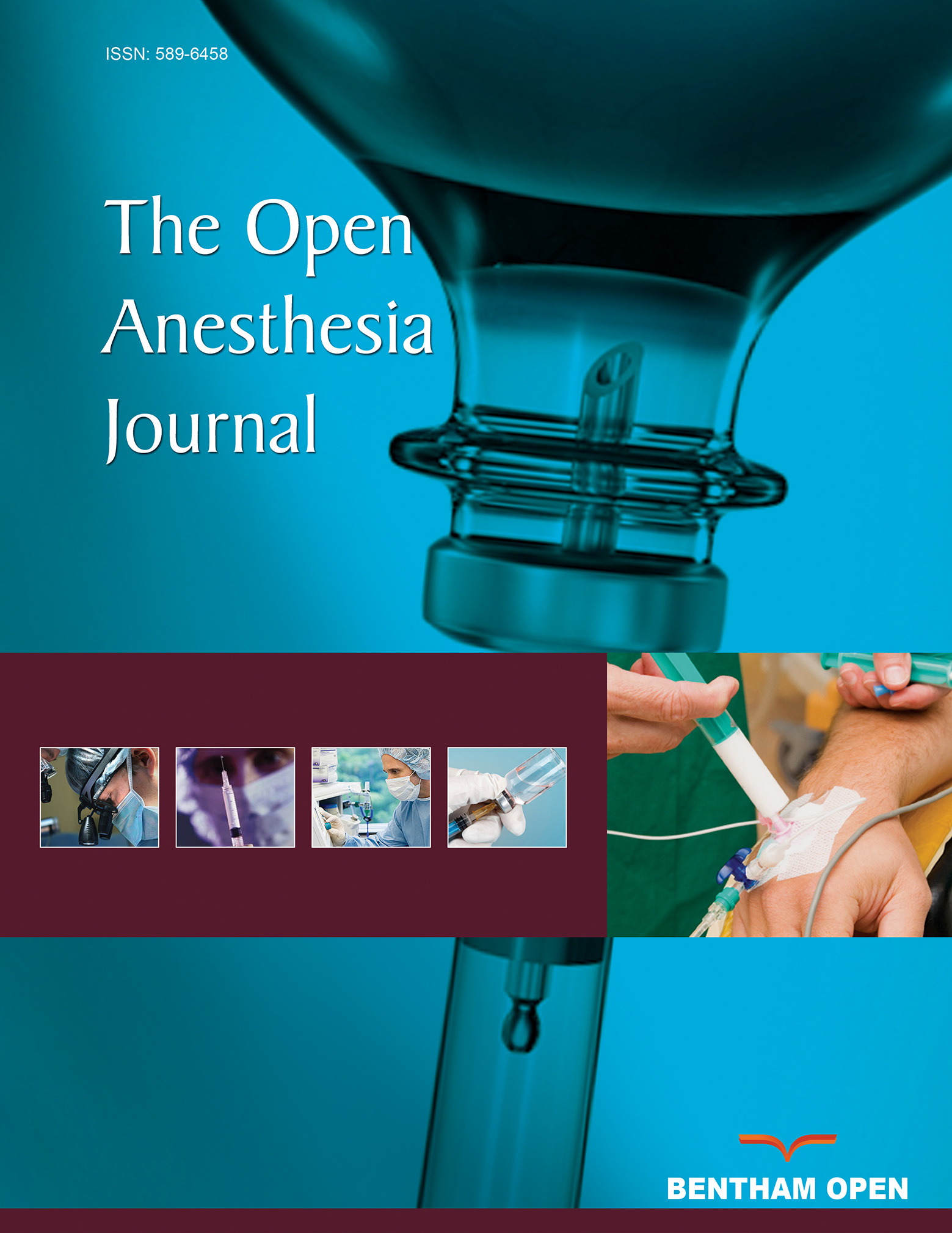Tube-first Technique as a Conduit for Easy and Fast Nasal Fiberoptic Intubation
Abstract
Background:
Classical nasal fiberoptic bronchoscope intubation may be a challenging and lengthy procedure with a 1-10% failure rate.
Objectives:
This study aimed to compare among patients with difficult airway intubation undergoing general anesthesia, the safety, and efficacy of Tube-First (TF) nasal fiberoptic bronchoscope intubation against the Classic (CL) procedure.
Methods:
This single-blinded, parallel-group, randomized trial enrolled 40 adult patients with known difficult airways and scheduled for surgery under general anesthesia. The patients were randomly allocated into two (n=20 each) patient groups. In the CL group, the endotracheal tube and fiberoptic bronchoscope were inserted together through the nostril; in the TF group, the endotracheal tube insertion preceded the fiberoptic bronchoscope. In both groups, the bronchoscope was used to visualize the vocal cords and removed after ensuring the endotracheal tube position. The primary (efficacy) outcomes were the time elapsing from the bronchoscope insertion and visualizing the vocal cords (T1) and the time elapsing from the bronchoscope advancing initiation to its removal (T2). The secondary (safety) outcomes included oxygen saturation and hemodynamic parameters during the procedure.
Results:
The TF group showed a significant T1 and T2 mean reduction compared to those of the CL group (37.15 ± 3.87 and 64.25 ± 8.28 vs. 55.05±4.52 and 88.25±5.49 seconds, respectively; p < 0.0001). The oxygen saturation was comparable in both groups with no desaturation (SpO2 < 90%) cases. The heart rate and mean arterial blood pressure changes were significantly lower in the TF group compared to the CL group.
Conclusion:
Among patients with difficult airway intubation undergoing general anesthesia, we found the Tube-First intubation approach was quicker and safer compared to the classical intubation technique.


